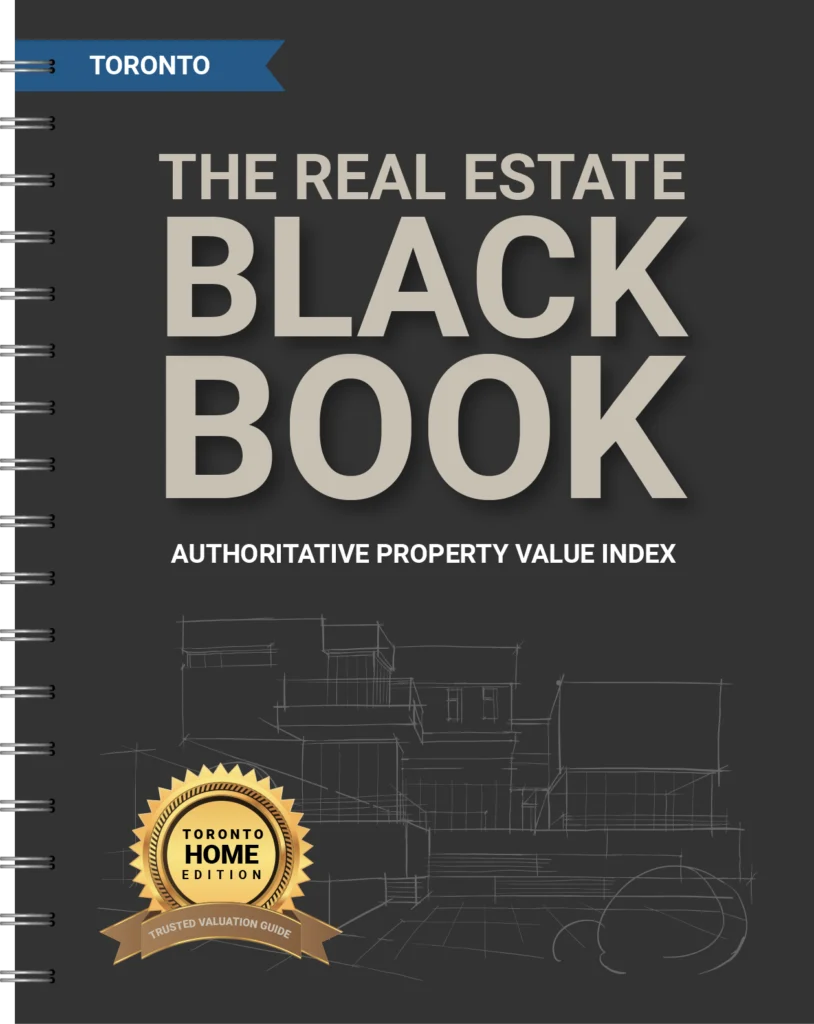You may have heard the term “mortgage portability” thrown around, but may not be sure exactly what it means. In this article, I’ll break down what mortgage portability is, how it works, and whether or not your mortgage is portable.
What is Mortgage Portability?
First, let’s define what I mean by “mortgage portability.” Essentially, it refers to the ability to transfer your current mortgage from one property to another without having to go through the process of getting a new mortgage. This can be a valuable option for homeowners who are looking to move, but want to keep the terms and rate of their current mortgage.
The Canadian Mortgage and Housing Corporation
In Canada, mortgage portability is governed by the Canadian Mortgage and Housing Corporation (CMHC), which sets guidelines for lenders on how to handle portable mortgages. These guidelines state that a borrower must meet certain criteria in order to be eligible for a portable mortgage. For example, the borrower must have a good credit score and a stable income, and the new property must also meet certain requirements, such as being located within a certain distance of the current property.
How Does Porting a Mortgage Work?
Essentially, it involves getting your lender to transfer your current mortgage to the new property. This can typically be done by providing your lender with the new property’s purchase contract, as well as any other documentation they require.
If your lender approves the mortgage portability, they will release the mortgage on your current property and place a new mortgage on the new property. The terms and rate of your current mortgage will be carried over to the new property, and you will be able to continue making payments on the same schedule as before.
Mortgage Porting May Not be the Best Option
One important thing to note is that mortgage portability may not be the best option for everyone. For example, if interest rates have dropped significantly since you obtained your current mortgage, you may be able to get a better rate by getting a new mortgage. Additionally, if you are planning to make significant changes to the new property, such as adding a second story or major renovations, your lender may not approve the mortgage portability.
Mortgage Porting Fees
Another thing to keep in mind is that there may be additional fees associated with mortgage portability. For example, your lender may charge a fee to release the mortgage on your current property and place a new mortgage on the new property. Additionally, you may have to pay legal fees to have the new mortgage registered on the new property.
In conclusion, mortgage portability can be a great option for homeowners who are looking to move, but want to keep the terms and rate of their current mortgage. However, it’s important to keep in mind that not all mortgages are portable, and there may be additional fees associated with the process. If you’re considering porting your mortgage, be sure to speak with your lender and a real estate lawyer to determine if it’s the best option for you.



